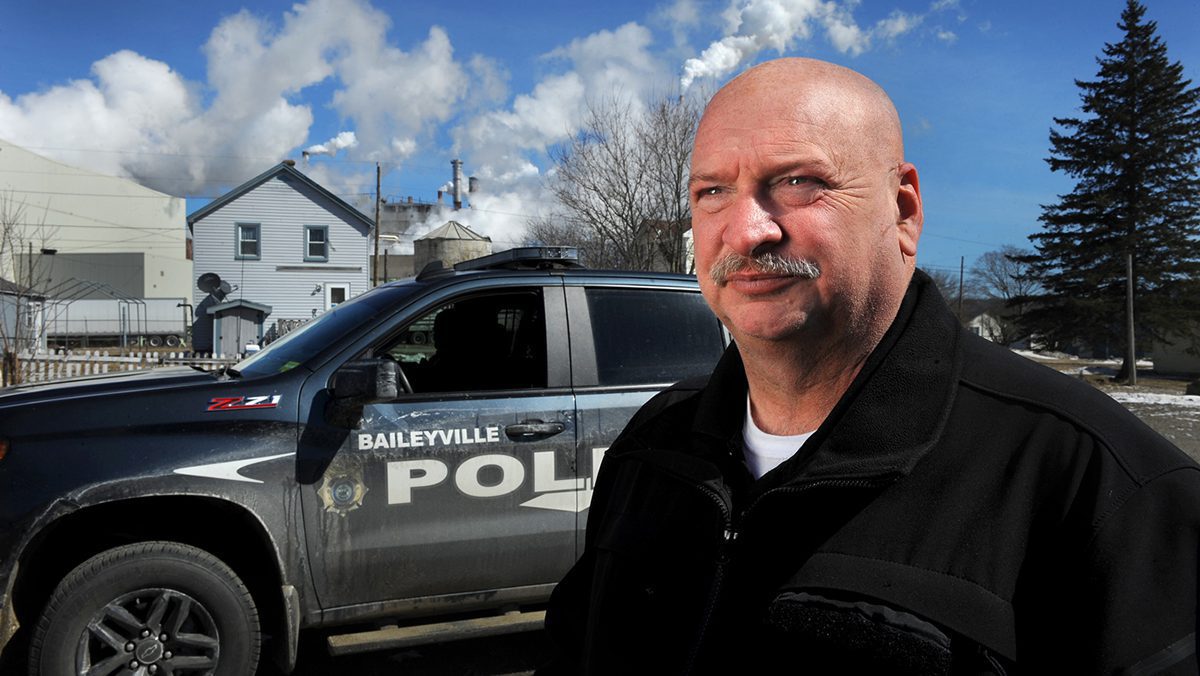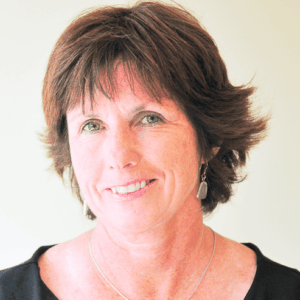The deaths haunted the small-town police chief.
Night after night Baileyville Chief Bob Fitzsimmons lay awake in his home that sits along the Canadian border.

“How do I see it?” he asked himself. “How do I fix it? How do I make sure it doesn’t happen again?”
This winter, four people killed themselves in northeastern Washington County. They died within a two-month span. Three were young men, one was a 14-year-old boy.
The suicides rattled one of Maine’s most impoverished counties, where the pandemic has crippled businesses, closed schools and spiked anxiety, depression and despair.
The deaths prompted questions and concerns about a taboo topic that Fitzsimmons is determined to drag into the light.
The chief was especially close to William McIver, the 14-year-old boy who ended his life on January 27. Fitzsimmons shared his anguish over the teenager’s suicide on the police department’s Facebook page.
“I was asked what we could have done,” the chief wrote. “I just don’t have the answers…We have a lot of pain; we have shed tears. We have unanswered prayers and even more questions.”
Fitzsimmons also knows that his community cannot wait for answers. Washington County’s teen suicide rate is one of the highest in the state.
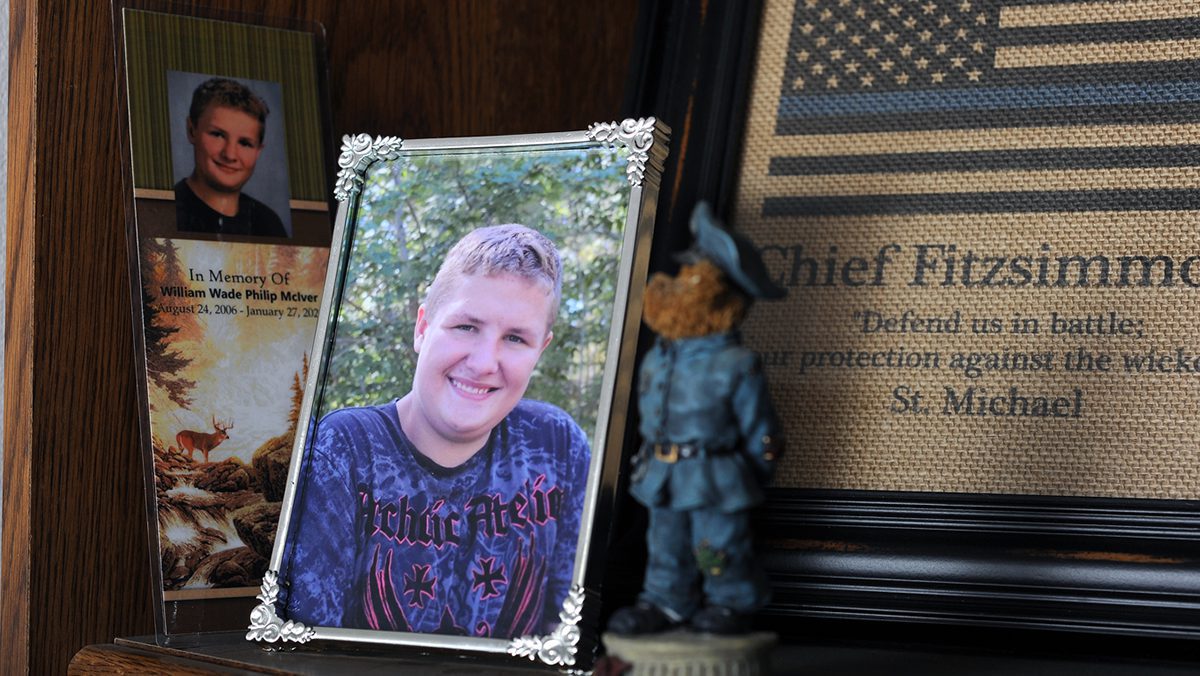
As Maine marked the one-year anniversary of the pandemic, mental health experts in Washington County and beyond worried about the spike in depression and anxiety among young people, a trend reflected in national statistics. The number of suicides dropped to a 40-year low in 2020. But, emergency room visits for children between ages 5 and 11 seeking mental health care surged 24 percent since the pandemic, according to the Centers for Disease Control and Prevention. For children ages 12 to 17, the increase was even greater at 31 percent.
“We’ve been having a lot more conversations with families about kids who have high anxiety, depression or suicidal thoughts,” said Mary Anne Spearin, principal of Calais Middle/High School. “It’s been an incredibly scary time. We don’t only worry about our kids; we worry about our families and who they can turn to.”
In Washington County – one of Maine’s most rural pockets with a population of roughly 31,500 or about 13 people per square mile – medical and mental health services are tough to come by. Overwhelmed therapists often have waiting lists that extend six-months to a year or longer. To leaders like Chief Fitzsimmons, that is unacceptable.
“We can’t afford to lose any more people,” Fitzsimmons said. “We’ve got to start talking about suicide and figuring out ways to reach out to someone who thinks they have no other option.”
• • • •
Baileyville is a long way from Augusta and its copper-domed Statehouse. Here in Maine’s northeastern reaches, in a place locals often call “the forgotten county,” people take care of their own. They don’t wait for lawmakers or federal money to fix things.
They work hard scraping together a living. They dig clams, drive logging trucks, make Christmas wreaths and if they’re lucky enough, they get a job at one of Baileyville’s two mills. Money is often tight but, Fitzsimmons says, people dig deep when a neighbor is in trouble.
“I have lived up and down the East Coast,” Fitzsimmons said, “and I’ve never seen a community that takes care of its own like the people living here.”
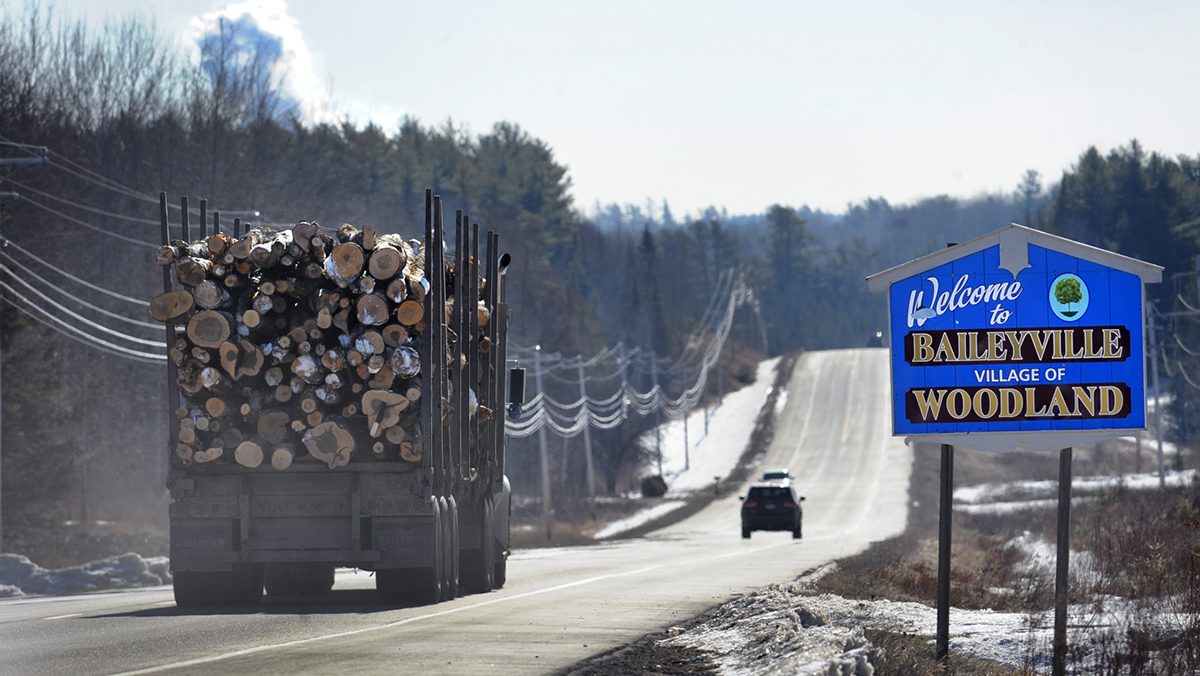
Located 90 miles northeast of Bangor, Baileyville sits on the American side of the St. Croix River. There are about 330 schoolchildren in town, and Fitzsimmons considers each one of them his own.
Many of those children think of the 56-year-old chief as more of a grandfather than a police officer. If one of his “kids” misses a stretch of school, Fitzsimmons is the first to knock on the family’s door, asking, “How are things going?”
When snowstorms shut down school and blanket the streets of the rural town, the chief coaxes students to grab a shovel and dig out neighbors. The youths know the town’s top cop will later reward them at the local pizza parlor with cheese slices and games of pool.
As the pandemic stretched on from March through summer and spiked in the fall, Fitzsimmons grew concerned about Baileyville’s young and old. He worried about the schoolchildren and seniors isolated at home. He worried about the lost jobs and the relapses among those struggling to stay sober.
RELATED: A need for awareness
His concern for the mill town that borders New Brunswick was fostered at an early age.
“This is the town I grew up in,” Fitzsimmons said. “This is the town my father was chief in when I was a little boy.”
Fitzsimmons knows most everyone in the town of 1,500. He knows their triumphs and their tragedies. Soon after he became chief in 2013, Fitzsimmons and his father drove across the town border into Baileyville.
“You feel that?” his dad asked.
“Feel what?” Fitzsimmons said.
“Your responsibility,” the elder Fitzsimmons explained. “You’re responsible for the safety and well-being of everyone in this town.”
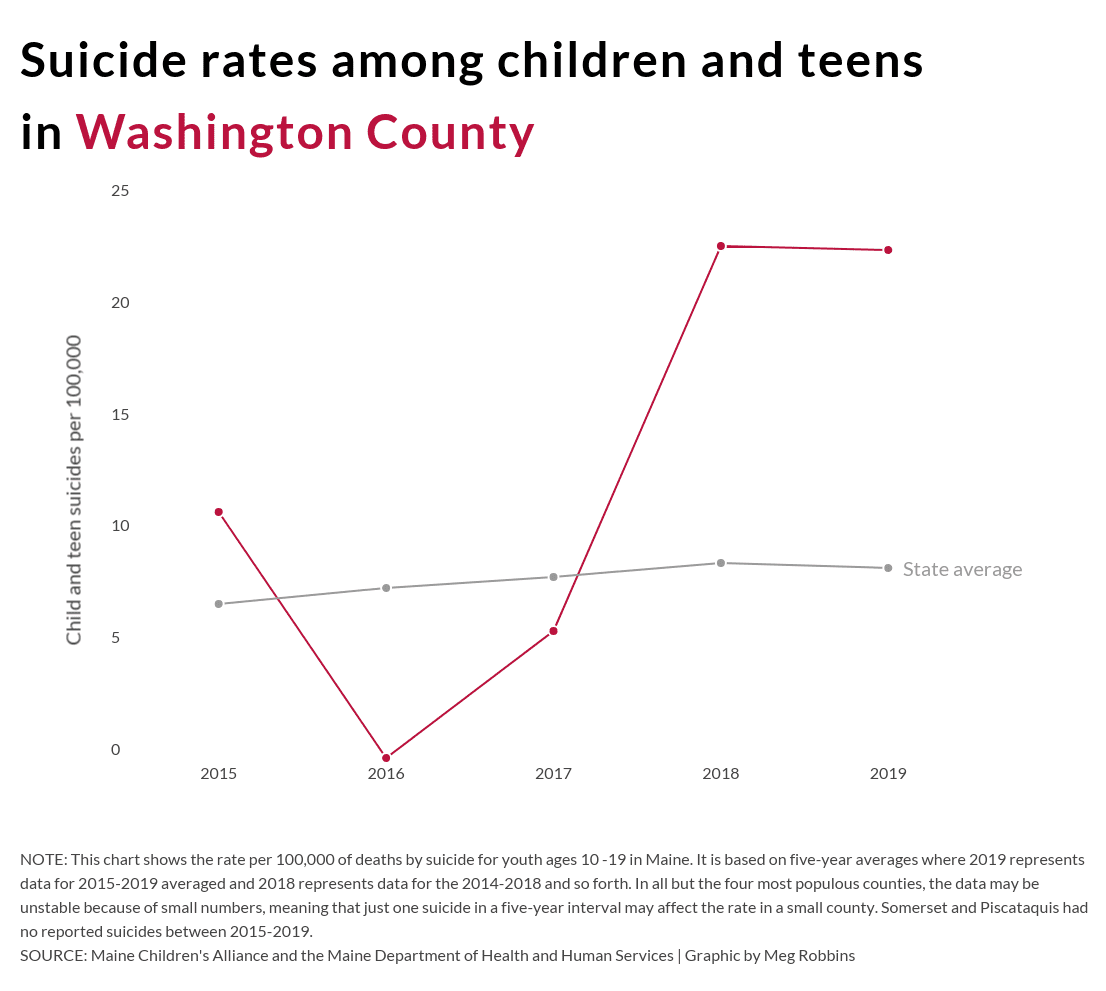
It is a responsibility that Fitzsimmons carries with him seven days a week. In the county with the highest child poverty rate, Fitzsimmons worried about families who were struggling long before COVID-19 struck Maine.
As the town’s schoolchildren navigated between remote learning, quarantining due to COVID outbreaks and the loss of school sports and clubs, Fitzsimmons did what he could to ease the isolation and despair. His department funded popcorn and ice cream sundae parties in the town’s schools. He helped scoop the ice cream himself and stopped by classrooms as often as he could.
“His thoughtfulness has been instrumental during a really rough year,” explained Janice Rice, guidance counselor at Woodland Junior-Senior High School. “Students that really struggled to come to school before, you might have seen them maybe three or four days out of five.
“Now we don’t see them at all. They’re depressed and having a hard time coming to school.”
Youths who typically earn top grades are slipping as well, Rice said.
“They’re not doing what they could be,” she said. “They’re just trying to survive.”
Like the town’s elementary school, Woodland Junior-High serves several remote communities like Carroll Plantation, Grand Lake Stream, Macwahoc and Meddybemps. Checking on students living in these areas is challenging, Rice said. Internet is sparse and virtual conversations over Facebook, Zoom or Google Meet are often impossible.
“We have a lot of kids who don’t even have internet connection because they live so far out in the sticks,” Rice said.
RELATED: Alone with the grief, alone with the pain
During a period of remote learning, one of Rice’s students rowed repeatedly out to the middle of East Grand Lake to get an internet connection.
“She would download her assignment and then row back to shore,” Rice said.
When Rice and schoolteachers cannot connect with missing students, they call Fitzsimmons.
“We call Officer Bob and ask him to check on them,” Rice said. “We just want to know if they are safe.”
As the holidays passed and COVID-19 infections continued to spike, Baileyville and its neighboring towns struggled with consecutive tragedies: the suicides of three young men.
“In a small community like this, when you lose one person, it affects a lot of people,” Fitzsimmons said. “When you lose three, it affects everybody.”
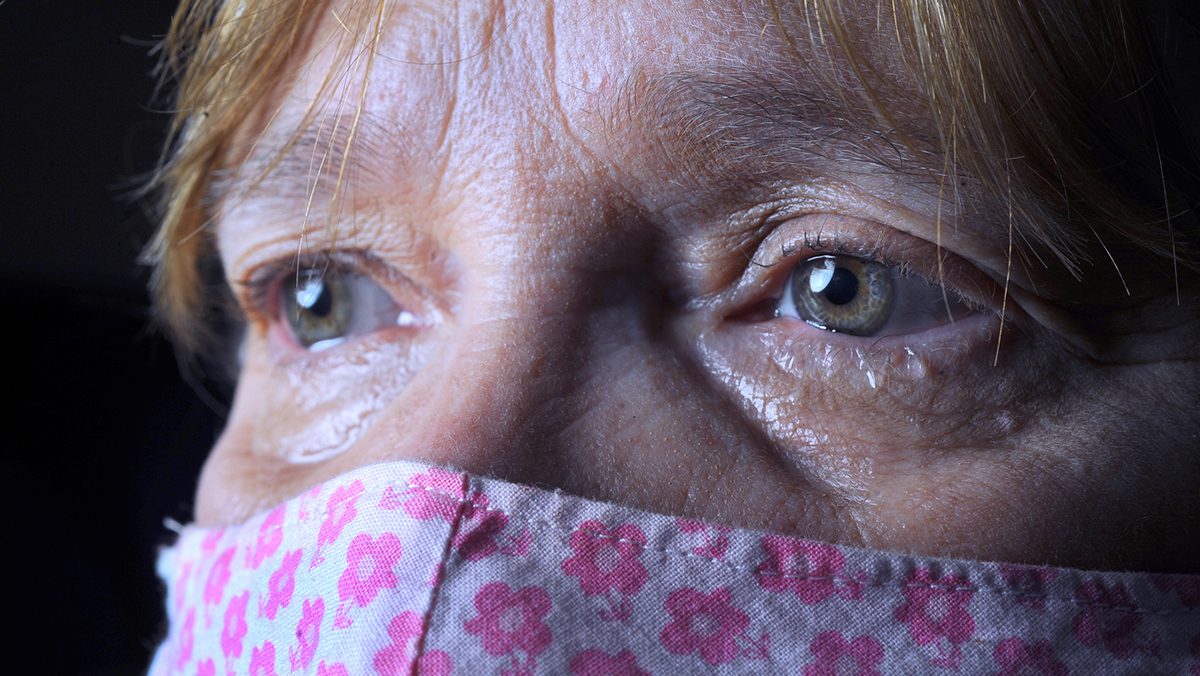
Hoping to lift the community’s spirits, the chief invited people to the police station on New Year’s Day for hot dogs.
“Let’s get 2020 the hell out of here,” the chief wrote on his Facebook page, “and usher 2021 in with a free hot dog.”
By the day’s end, the chief and his cohorts handed out 239 hot dogs passed through car and truck windows.
A few weeks later, the chief rallied the town for Emily Curtis, a basketball player who was expected to score her 1,000th career point. Due to COVID-19 restrictions fans were unable to attend the game to cheer on the senior, but Fitzsimmons found another way to mark the milestone. The chief organized a celebration in the high school parking lot. Police cars, fire trucks and scores of families and students waited in their cars, listening to the game on the radio.
When Curtis scored her record 1,000th point, police lights flashed, fire truck sirens wailed and townspeople honked their horns.
“I wanted the town to celebrate with her,” Fitzsimmons said. “She struggled all summer and fall because she didn’t think basketball season was going to happen. It would have been heartbreaking for her not to get this chance.”
Fitzsimmons worried about other students, too. One of them was William McIver. A Woodland High freshman, William enjoyed playing drums and guitar. He was also active in sports – he played baseball and basketball and ran track in elementary school and junior high. But his passion was wrestling, a sport that was likely to be cancelled during the upcoming 2021 high school season.
RELATED: Deaths of Despair
The chief had known William since he started first grade. He knew William’s mom struggled with substance use, and he knew the boy lived with his grandmother.
“He was,” Fitzsimmons said, “one of my special kids.”
Though William was quick to smile and the first to cheer his friends up, the 14-year-old battled depression. The boy had tried to end his life in 2019.
“He had gone through counseling,” the chief explained. “And everybody thought everything was going alright.”
Knowing the pandemic restrictions weighed on even the community’s strongest students, Fitzsimmons often texted Williams and other kids like him.
On Tuesday, Jan. 26, the chief and William debated the merits of pineapple pizza.
“I said it didn’t work,” Fitzsimmons recalled. “He thought it did.”
On Wednesday morning, William’s grandmother called 911 reporting her grandchild’s suicide. Fitzsimmons raced to the home.
“When I walked in the house, she grabbed hold of me and said, ‘Bob you can fix this. You can bring my William back.’ ”
Later that day, Fitzsimmons wrote about the McIver family’s anguish on the police department’s Facebook page:
“I was asked to fix something that I will never be able to fix. I was asked if I saw it coming. I was asked what we could have done. I just don’t have the answers.
“I saw in a mother’s eyes despair that was so deep that I have to wonder if hope will ever return.
“There is always, ALWAYS, somebody to reach out to. Maybe we have to be better at reaching out to those that think they have no options.”
Sleep would be elusive for the chief for many nights to come. He lay awake thinking about the 14-year-old boy who excelled in school and enjoyed four-wheeling, hunting and fishing.
He had so much potential, the chief thought. Potential he didn’t see.
Images of William’s wake and funeral replayed in Fitzsimmons’ mind. The faces of young students sobbing haunted the chief.
They’re too young to be going through this. Why didn’t I see this coming? Why couldn’t I fix it?
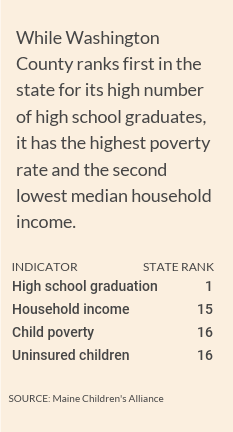
Later that week, the chief visited William’s family, checking in on his grandmother and mother. He texted William’s classmates asking them, “How are you doing?” He also bought gifts for William’s close friends.
He tucked some chocolate in a basket and a picture of William with a broad smile. He bought journals for the students to share their thoughts, and he wrote a note to them on the first page.
“What you’re feeling is natural,” Fitzsimmons explained. “Try not to hold it in.”
And he reminded them, “You’re never going to be alone. There is always someone – if not your parent, your teacher, your friend, there is always me.”
Victoria Siering received one of the journals. She had known William since they were 5.
“He could make friends at the snap of a finger,” Siering said. “He put his feelings away to help other people feel good. No one really saw that he was feeling bad or that he needed help because he was always smiling through the pain.”
During the lockdowns, William rode four wheelers and the horses that his grandmother owned. He also dreamed about getting his driver’s license.
“He was going to drive a big truck around,” Siering said. “One that was propped up on the big wheels.”
With COVID-19 outbreaks and quarantines, it was difficult for the friends to get together. Siering and William shared texts and played computer games together.
“We’ve had to quarantine three times and it’s hard not seeing your friends,” Siering said. “It’s boring being home alone.”
As the pandemic prompted isolation and the cancellation of school sports, Siering noticed several classmates changed.
“They don’t seem like themselves anymore,” she said. “They’re quieter and don’t talk as much. They kind of just stay to themselves.”
She saw William when school was in session, but it was difficult to talk through masks while maintaining a six-foot distance. Though he joked with his friends, William often buried his feelings, Siering said. She knew he struggled with bouts of depression. He had talked to her about his suicide attempt a year earlier.
“He said he was feeling down, and saw no way out,” Siering said. “He told me he’d never do that again.”
Siering told her friend, “I don’t know what I would do if you were gone.”
Before he took his life in January, William told a few of his other friends that he was thinking about suicide.
“But his friends thought they talked him out of it,” Rice, the guidance counselor, said.
William’s death devastated children throughout the town’s schools.
“He was such an incredible boy,” Rice said. “He had friends in all age groups even down to the second grade.”
As the only guidance counselor for K-12 students, Rice continues to ask herself: How did I not recognize the signs? How did I not know that he was in trouble?
“But William didn’t seem to be any different from any of the other kids,” Rice said. “Because they’re all struggling. It’s like the joy has been sucked out of everybody’s life.”
Though William had been targeted out of school by a few students who bullied him on Facebook or through texting, Rice believes there were several factors that contributed to his suicide.
“I think the pandemic isolation had a lot to do with it,” Rice said. “He couldn’t be with his friends the way he wanted to.”
Teachers also were hampered by having to remain six feet apart from students like William.
“We are used to teaching kids one-on-one with a personal touch,” Rice said. “With the pandemic that isn’t happening.”
In the days following William’s death, the school offered counseling to his classmates. Students drew pictures and wrote notes to William, and they cried together.
“The kids and even the staff didn’t get the chance to grieve the way we needed to,” Rice said. “COVID has hindered so much. The kids have been conditioned to be so careful they didn’t hug each other.”
Knowing how difficult it is to get an appointment with a therapist, the school started offering students sessions with a local counselor two days a week. Since William’s death, they increased it to three days. Rice also contacted Husson College and asked if one of their graduate students studying counseling could talk to her students.
“We have to do a better job reaching out to our kids,” Rice said. “We’ve got to make sure they know where they can go for help.”
• • • •
On a frigid March morning, a bitter wind blew dust across Baileyville’s streets. Smoke and steam billowed from the Woodland Pulp Mill and streaked across the sky.

Inside Baileyville’s municipal building, Chief Fitzsimmons sat at his desk. Drawings from school children hung on the chief’s wall. Corporal Pooh, a Winnie the Pooh bear dressed in a police uniform with a Baileyville Police Department badge, sat on top of the chief’s filing cabinet. The bear often accompanies Fitzsimmons in the patrol car and in schools to comfort kids and adults who are going through rough spells.
A framed photograph of William McIver rested on the chief’s bookcase. The photo of the smiling 14-year-old boy is in Fitzsimmons’ direct line of sight when he sits at his desk.
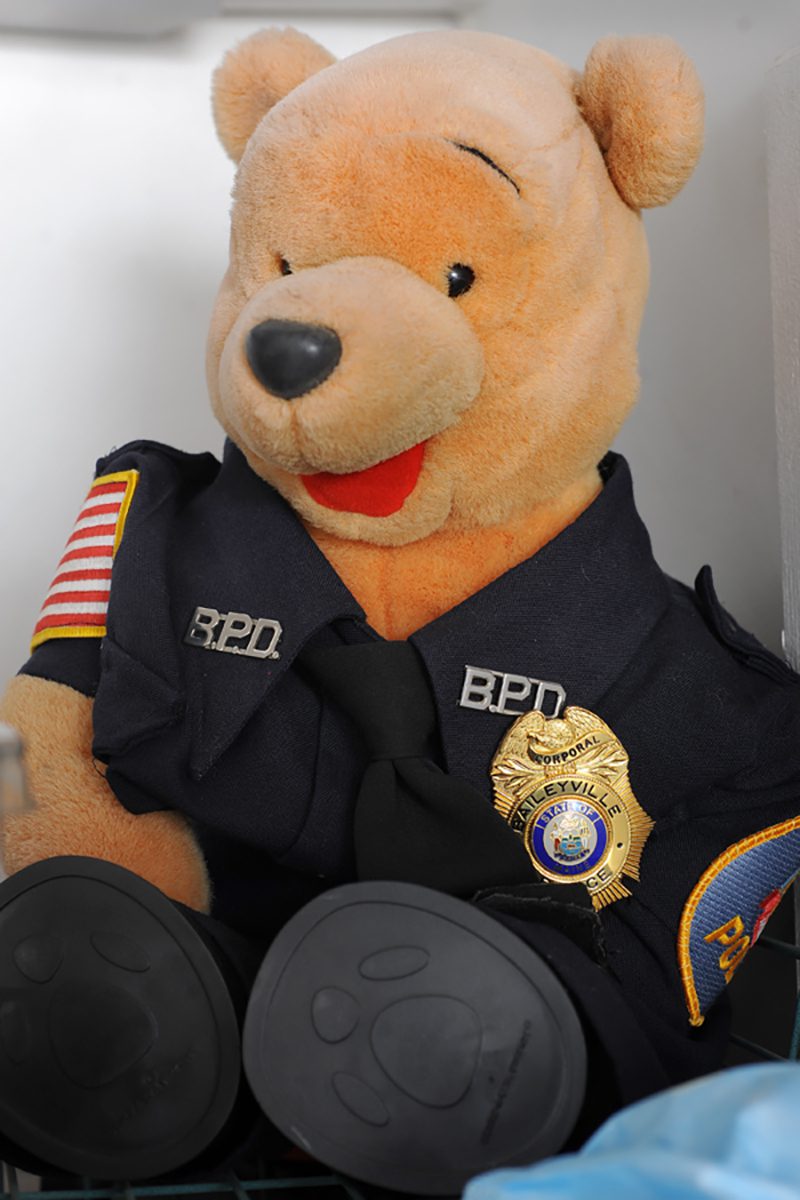
“When you lose a 14-year-old boy to suicide, it tears the community apart,” Fitzsimmons said. Pausing to look at William’s photo, he added, “I keep his picture there, so I don’t forget, and I make sure it doesn’t happen again.”
Since the boy’s suicide, the chief has kept a close eye on the town’s schoolchildren. He has stopped by the schools and classrooms often and has sent frequent texts and Facebook messages to his “kids.” In early March, things got too quiet for the chief’s liking. Students retreated into silence.
“When it gets quiet,” Fitzsimmons explained, “that’s when I get really nervous.”
Concerned that young people were burying their emotions, the chief wrote a letter, printed out 200 copies and asked the local schools to hand them out.
“Dear student,
“As you continue on into the year 2021, you are still facing life’s challenges. The pandemic, schoolwork, personal issues, and everything else in life that can add a burden to your shoulders.
“Stress may at times feel overwhelming. I want to make sure you know that you have help available to you. Parents, teachers, friends, and even me, we’ll all be willing to help you or to find you help.
“You just need to ask.”
Sometimes, the chief told them, asking for help is the hardest part.
“Speaking up and talking about issues is many times the first step in relieving your burden. You may be surprised how much better you feel just from talking about it.”
The chief offered students his cell phone number and told them to call or text him at any time if they were going through a tough time or were concerned about someone else.
He ended the letter with one last piece of advice: “Remember, life is always worth living.”


